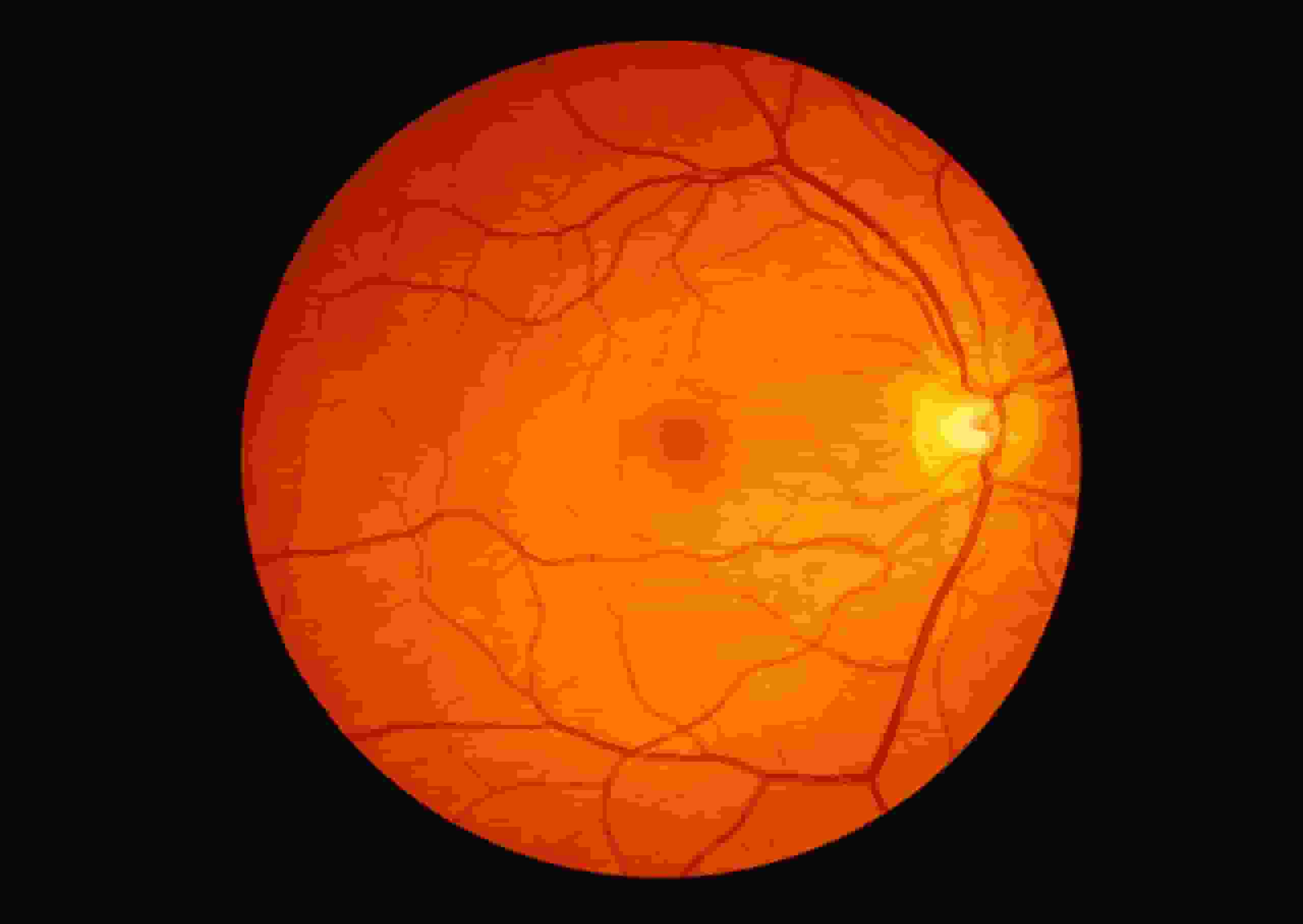Data from the UK Biobank is being used by researchers to learn more about rare eye conditions.
The retina is located behind the pupil of the eye. It is a layered tissue that receives light and turns it into a signal that the brain can understand. Each retinal layer has many cell types that each perform a distinct role in the light conversion process.
Rare Eye Conditions
The researchers focused on photoreceptor cells (PRCs), which are light-detecting cells present in the retina, for their study, which was published in the journal PLOS Genetics.
These cells can be imaged non-invasively using optical coherence tomography (OCT), a service now widely available to many opticians. Researchers were able to construct the biggest genome-wide association study of PRCs using OCT imaging data and genetic data stored in the UK Biobank.
Rare retinal disorders are commonly caused by hereditary mutations in PRC-expressed genes. These mutations cause the retina to malfunction, causing vision impairment or even blindness. Although these diseases are infrequent individually, they represent the primary cause of blindness in working-age adults when combined.
OCT generates high-resolution images that can be utilized to identify the retina’s many layers and components. In the clinic, these images are frequently utilized to aid in the identification of eye problems. The researchers used OCT pictures and the related genetic and medical information from over 30,000 patients kept in the UK Biobank for this investigation.
Genomic Medicine

Data from the UK Biobank is being used by researchers to learn more about rare eye conditions.The researchers used genome-wide association studies (GWAS) using UK Biobank data to explore genetic variants associated with changes in PRC layer thickness. This led them to discover genetic variants linked to the thickness of one or more of the PRC layers, including those previously linked to known eye disorders. The newly discovered genetic connections are saved and can be accessed freely via the GWAS Catalog.
Several of these genetic variants were already known to be associated with eye diseases, but interestingly, a number of reasonably common genetic variants were found near genes known to cause rare hereditary eye diseases when disturbed.
In one case, the researchers were able to investigate how combinations of common variations near genes implicated in rare eye illnesses alter the structure of the retina.
Read more: Stimulus check update: $665 Million grants can provide approximately $600 to thousands of Americans


